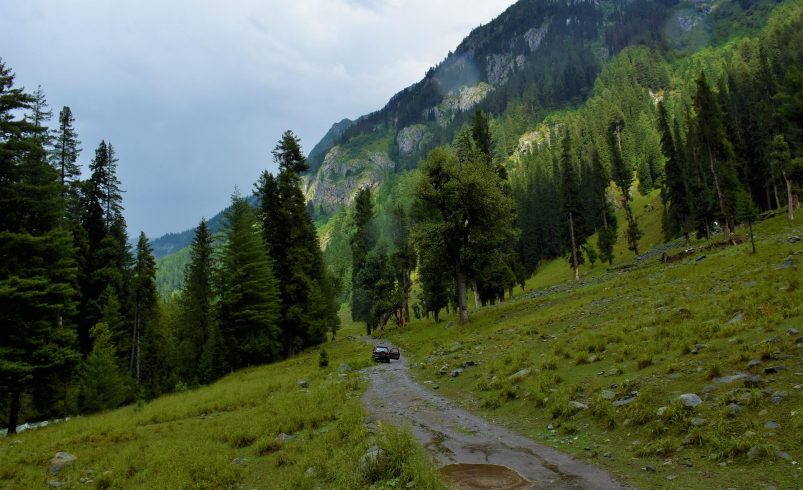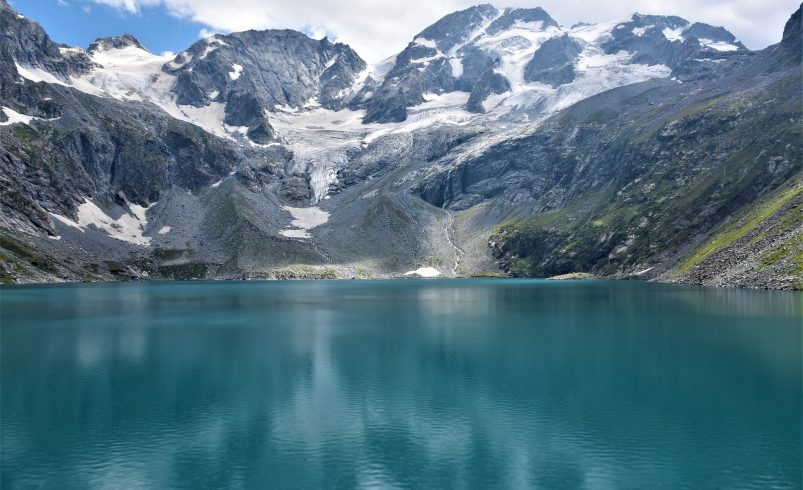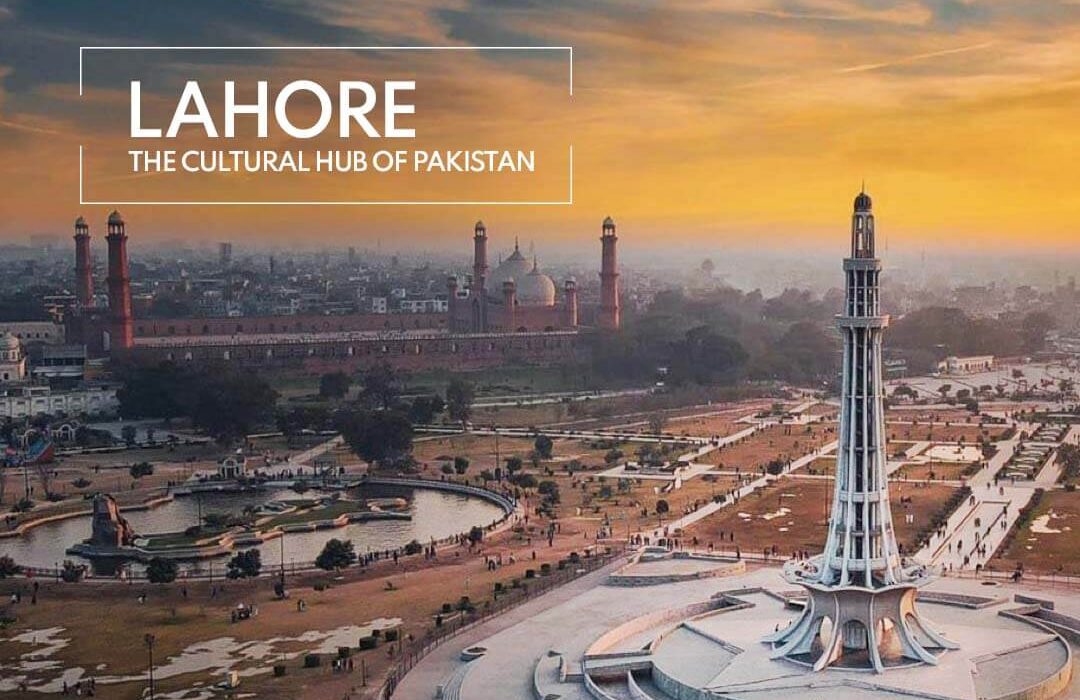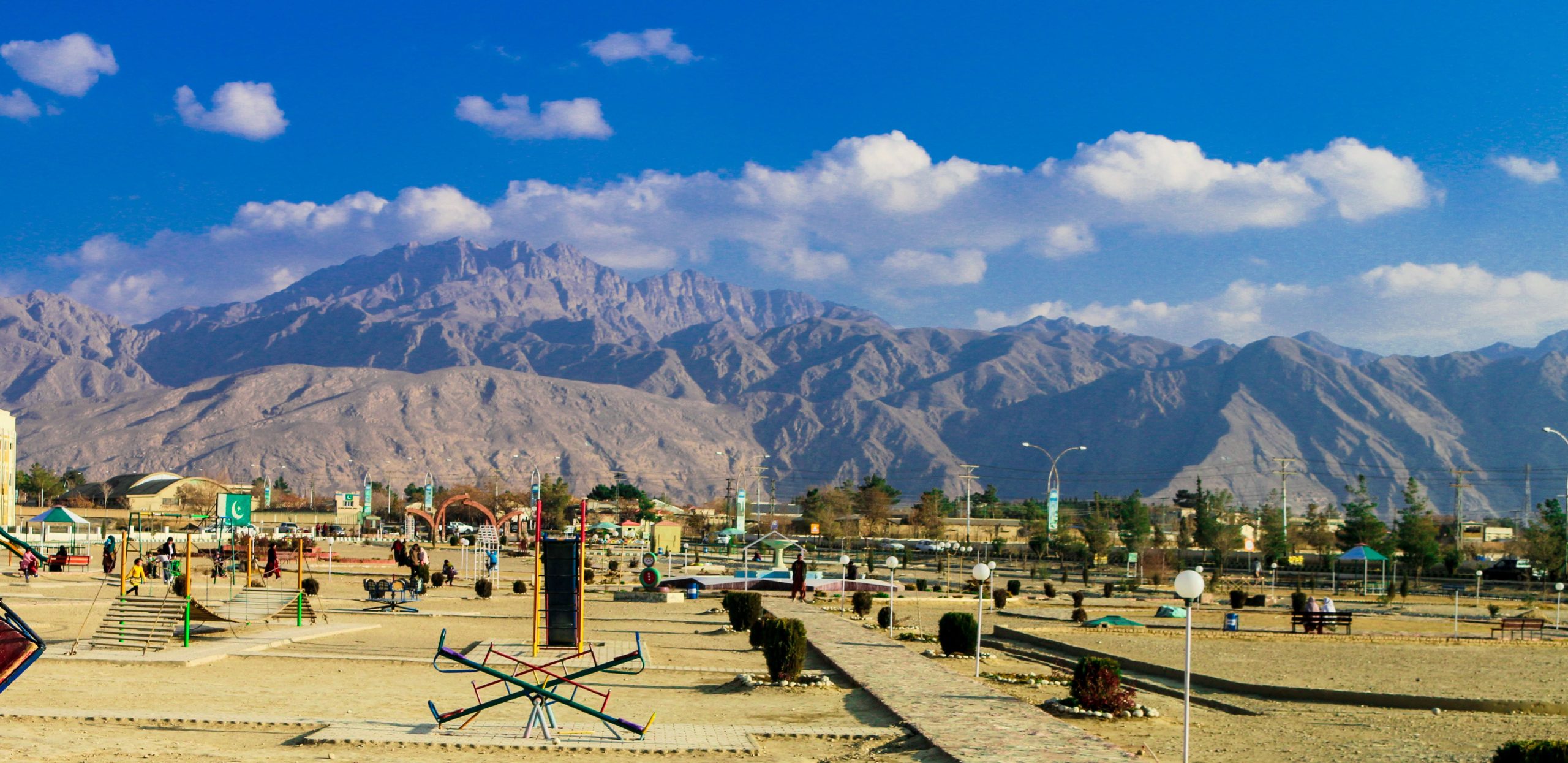
- March 3, 2025
Introduction
Pakistan is home to a diverse range of ecosystems, from towering mountains to vast deserts, supporting an incredible variety of wildlife. However, many species face threats due to habitat destruction, poaching, and climate change. To combat these challenges, Pakistan’s national parks play a vital role in wildlife conservation efforts, ensuring the survival of endangered species. This article explores conservation programs in some of the most significant protected areas of Pakistan.
Khunjerab National Park – Snow Leopard Conservation
Established in 1975, Khunjerab National Park is one of the highest altitude parks in the world. It was created to protect endangered species, particularly the elusive snow leopard.
- Location: Gilgit-Baltistan, near the Pak-China border.
- Key Attractions: Snow leopards, ibex, blue sheep, Khunjerab Pass.
- Best Time to Visit: May to September for clear weather.
- Activities to Do: Wildlife photography, trekking, nature exploration.
- Conservation Challenges: Poaching, habitat destruction, climate change.
- Collaborative Conservation Efforts: WWF-Pakistan and local communities working on conservation programs.
- Cultural Significance: Important for the local Wakhi and Burusho communities.
Hingol National Park – Balochistan Bear and Ibex Protection
Established in 1988, Hingol National Park is the largest national park in Pakistan, known for its diverse wildlife and unique rock formations.
- Location: Balochistan, along the Makran Coastal Highway.
- Key Attractions: Princess of Hope, Hingol River, Kund Malir Beach, ibex, Balochistan bear.
- Best Time to Visit: October to April for pleasant weather.
- Activities to Do: Camping, wildlife spotting, rock climbing, coastal exploration.
- Conservation Challenges: Illegal hunting, deforestation, lack of resources.
- Collaborative Conservation Efforts: Government-led initiatives and NGO projects.
- Cultural Significance: Sacred Hindu site of Hinglaj Mata Temple.
Deosai National Park – Himalayan Brown Bear Conservation
Established in 1993, Deosai is the second-highest plateau in the world, protecting the endangered Himalayan brown bear.
- Location: Skardu District, Gilgit-Baltistan.
- Key Attractions: Sheosar Lake, wildlife, breathtaking landscapes.
- Best Time to Visit: June to September for accessible roads.
- Activities to Do: Trekking, camping, wildlife observation.
- Conservation Challenges: Poaching, loss of habitat due to climate change.
- Collaborative Conservation Efforts: Local government and WWF initiatives.
- Cultural Significance: A place of folklore, often called the “Land of Giants.”
Chitral Gol National Park – Markhor Conservation
Chitral Gol National Park was established in 1984 to protect the dwindling population of the national animal of Pakistan, the Markhor.
- Location: Chitral District, Khyber Pakhtunkhwa.
- Key Attractions: Markhor, snow leopards, scenic valleys, Chitral River.
- Best Time to Visit: April to October.
- Activities to Do: Hiking, birdwatching, photography.
- Conservation Challenges: Illegal hunting, lack of proper surveillance.
- Collaborative Conservation Efforts: Trophy hunting programs funding conservation.
- Cultural Significance: Revered in local traditions and folklore.
Ayubia National Park – Common Leopard Protection
Established in 1984, Ayubia National Park is a dense forest reserve aimed at protecting the common leopard and rich biodiversity.
- Location: Abbottabad District, Khyber Pakhtunkhwa.
- Key Attractions: Pipeline Track, Mukshpuri and Miranjani Peaks, dense pine forests.
- Best Time to Visit: March to November.
- Activities to Do: Hiking, nature walks, birdwatching.
- Conservation Challenges: Deforestation, encroachment, human-wildlife conflict.
- Collaborative Conservation Efforts: WWF-Pakistan and local rangers.
- Cultural Significance: Home to many indigenous plant species used in traditional medicine.
Margalla Hills National Park – Leopard and Bird Conservation
Declared a national park in 1980, this park preserves the biodiversity of the Margalla Hills, home to various bird species and leopards.
- Location: Islamabad Capital Territory.
- Key Attractions: Daman-e-Koh, Monal, numerous hiking trails.
- Best Time to Visit: September to March for comfortable hikes.
- Activities to Do: Trekking, birdwatching, wildlife spotting.
- Conservation Challenges: Urbanization, deforestation, illegal settlements.
- Collaborative Conservation Efforts: CDA and conservation groups’ joint efforts.
- Cultural Significance: Close proximity to ancient Buddhist sites.
Lal Suhanra National Park – Blackbuck Reintroduction Program
One of the largest parks in South Asia, established in 1972, focusing on the revival of the blackbuck population.
- Location: Bahawalpur, Punjab.
- Key Attractions: Blackbuck sanctuary, desert, wetlands, lush forests.
- Best Time to Visit: October to March.
- Activities to Do: Safari tours, camping, birdwatching.
- Conservation Challenges: Climate change, habitat destruction, illegal hunting.
- Collaborative Conservation Efforts: Government breeding programs.
- Cultural Significance: Important for the local Cholistan Desert communities.
Kirthar National Park – Sindh Wild Goat and Chinkara Conservation
Established in 1974, this park focuses on the conservation of Sindh’s unique wildlife, including the Sindh wild goat and chinkara gazelle.
- Location: Sindh, spread across Karachi and Jamshoro districts.
- Key Attractions: Unique rock formations, wild goat populations, scenic views.
- Best Time to Visit: November to February.
- Activities to Do: Wildlife exploration, hiking, photography.
- Conservation Challenges: Poaching, habitat destruction, water scarcity.
- Collaborative Conservation Efforts: Sindh Wildlife Department and NGOs.
- Cultural Significance: Home to ancient Sindhi heritage sites.
Saiful Muluk National Park – Trout Fish Conservation
Declared a national park in 2003, Saiful Muluk aims to protect its glacial lake ecosystem and trout fish population.
- Location: Kaghan Valley, Khyber Pakhtunkhwa.
- Key Attractions: Lake Saiful Muluk, fairy tale legends, stunning landscapes.
- Best Time to Visit: June to September.
- Activities to Do: Boating, fishing, camping, photography.
- Conservation Challenges: Pollution, unregulated tourism, illegal fishing.
- Collaborative Conservation Efforts: Government-led initiatives to maintain biodiversity.
- Cultural Significance: Fabled in local Pashto and Punjabi folklore.
Ziarat Juniper Forest – Juniper Forest and Wildlife Protection
The oldest juniper forest in the world, some trees are over 5000 years old, making this park historically and ecologically significant.
- Location: Ziarat, Balochistan.
- Key Attractions: Ancient juniper trees, unique wildlife, Quaid-e-Azam Residency.
- Best Time to Visit: April to October.
- Activities to Do: Forest walks, camping, photography.
- Conservation Challenges: Illegal logging, climate change, overgrazing.
- Collaborative Conservation Efforts: Reforestation projects by local and international organizations.
- Cultural Significance: Revered as a sacred site in Baloch traditions.
Emergency Contacts & Health Precautions
- Wildlife Department Helpline: 0800-17000
- WWF-Pakistan: +92-42-35753108
- Rescue 1122: Emergency medical assistance
- Nearest Hospitals: Check local listings before visiting remote areas
- Health Tips: Carry insect repellent, stay hydrated, wear appropriate gear
Travel Tips
- Always travel with a local guide to navigate protected areas safely.
- Respect wildlife by maintaining a safe distance and not feeding animals.
- Follow the Leave No Trace principle to keep the environment clean.
- Support eco-tourism initiatives that fund wildlife conservation efforts.
- Check the weather forecast before planning visits to high-altitude parks.
Top FAQs with Transition Words
- What are the most endangered species in Pakistan’s national parks? Pakistan’s national parks protect endangered species such as the snow leopard, Himalayan brown bear, and markhor.
- Why is Khunjerab National Park important for conservation? It provides a sanctuary for the snow leopard, one of the most elusive big cats in the world.
- Can tourists visit Deosai National Park year-round? No, due to harsh winters, the best time to visit is between June and September.
- What activities can visitors enjoy in Hingol National Park? Tourists can explore coastal landscapes, wildlife photography, and the Princess of Hope rock formation.
- How does Pakistan’s government support conservation? The government collaborates with WWF-Pakistan and enforces anti-poaching laws to protect biodiversity.
Conclusion
Pakistan’s national parks play a crucial role in wildlife conservation, preserving endangered species and maintaining ecological balance. With growing conservation efforts and responsible tourism, these protected areas will continue safeguarding the country’s rich biodiversity for future generations.






